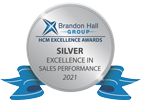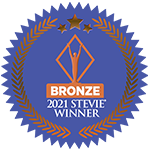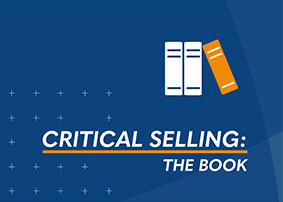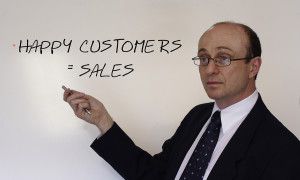We worked recently with a large sales organization challenged with implementing across-the-board changes. And, as change is something we can all relate to, we got to thinking about the factors – and the people – that influence change. This week, we’d like to discuss the value in exploring (read: not underestimating) the influence that sales reps can have within an organization – both inside and outside the actual sales department.
As a sales manager or really any leader within an organization, you tend to get so focused on the performance of your sales department, you may neglect other functions or abilities of your sales team. The skills required to be an effective sales professional – whether inherent or learned – translate extremely well to other areas. Remember, in most cases, sales reps are influential by nature…so, how else could you be harnessing and utilizing the power of that influence?
Catalysts for Change
Consider the sphere of influence of your team of sales professionals. These individuals have both inward and outward influence. Inwardly, they constantly communicate with one another, whether to share sales tactics and experiences, or simply to vent. They also often have reason to communicate with other departments. Outwardly, the sales team has the ear of your customers on at least a somewhat regular basis.
So, what does that mean to you?
Consider this: the next time you need to implement a new internal process, take a step beyond simply sending that company or department memo – use the influential manpower of your sales team to expedite these cultural shifts within your organization. Likewise, when there is a change in your system that needs to be communicated to customers, don’t just sent a generic email – utilize the rapport of your sales team to spread the word on a personal level.
Tenured Sales Reps vs. Green Sales Reps
To take this concept a level deeper, consider the relationships that exist within your sales team. There is likely an element of peer-to-peer coaching that already occurs between your more tenured sales reps and the “new” people. This dynamic often occurs naturally, and it can be very beneficial for your sales team. Think back to who influenced you when you started out in sales…how much did those relationships help guide you?
Now, as a manager, use peer-to-peer coaching to your advantage! Enlist your tenured reps to help infiltrate and reinforce behaviors or activities to the other sales reps. They already have the relationships and it helps to make your job easier. As an added bonus, it shows recognition and trust to your tenured team members. And that kind of positive influence is always appreciated.
Do you have an experience where you have either been influenced or influenced someone in your organization? Please feel free to share!



































